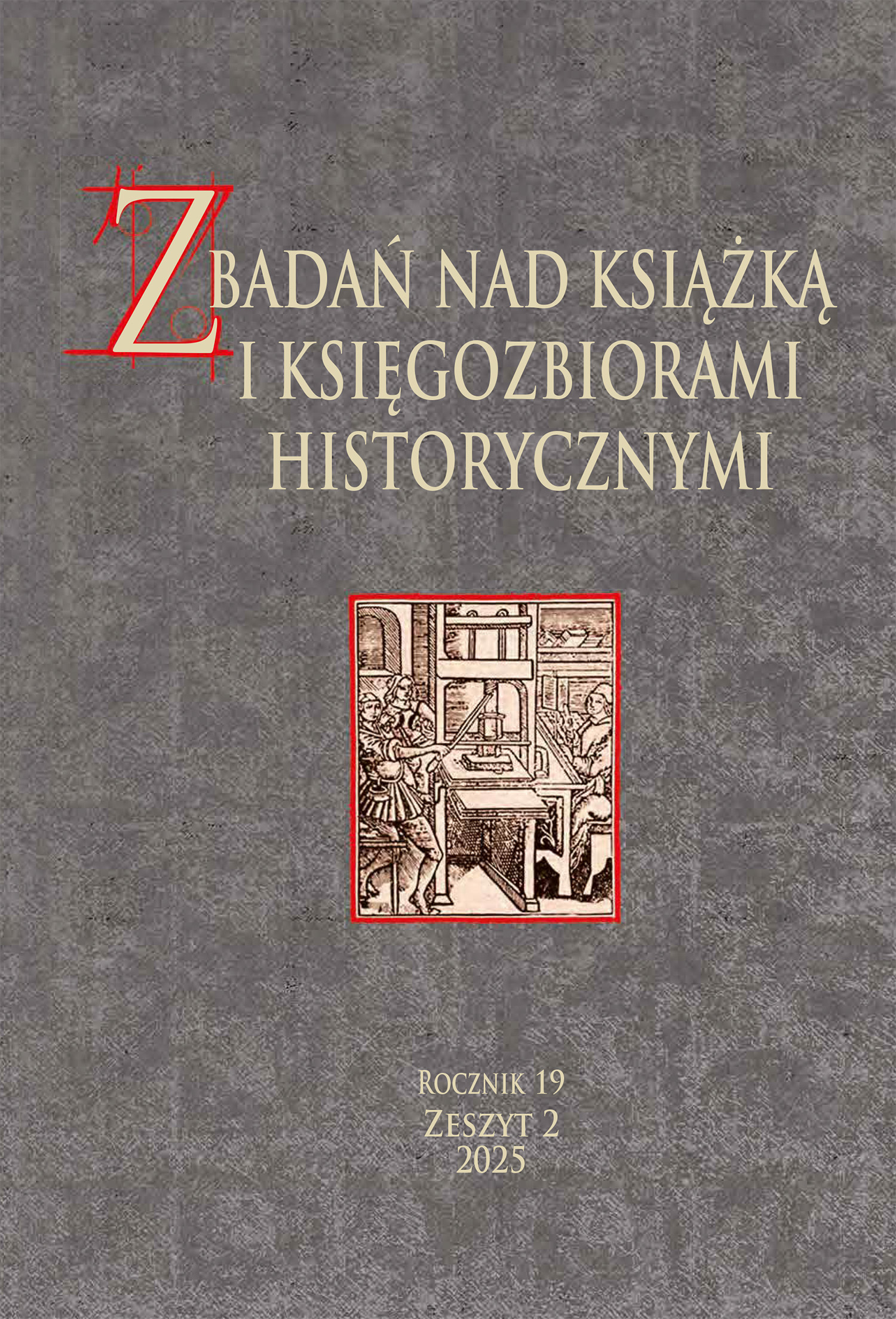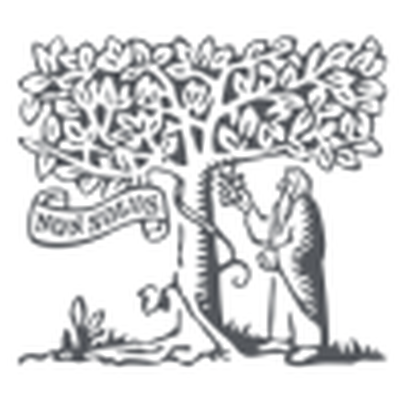Z grabieży Katarzyny ocalone szczątki... czyli udział Biblioteki Uniwersyteckiej w Warszawie w rewindykacji księgozbiorów na mocy traktatu ryskiego
DOI:
https://doi.org/10.33077/uw.25448730.zbkh.2011.278Słowa kluczowe:
Ryski traktat pokojowy między Polską a Rosją, Mieszana Komisja Specjalna, 1921-1937, polskie dobra kultury, zwrot zabytków, Biblioteka Uniwersytetu WarszawskiegoAbstrakt
The article deals with the works of the Special Mixed Commission formed as a result of the Polish-Soviet Riga Peace Treaty, which functioned during the years 1921–1937. The issue of the Polish cultural goods was brought forward by the Polish side already during the initial phases of the peace negotiations. The Poles considerd their cultural claims as one of the major problems to be resolved. Poland demanded the return of various archival, library and museum objects. These demands were met to a certain degree. Detailed issues were to be decided by the Mixed Commission. Since the beginning of its functioning, the Commission was aided by the Warsaw University Library, which received the manuscripts, incunabula, and old prints, belonging to the King Stanislaw Poniatowski collections, returned by the Russians. Subsequently, the materials of other than university provenance were transferred in three stages to the National Library (in 1930, 1931, 1936), and to other institutions, among them the Central Archives of Historical Records in Warsaw. The recovery of Polish cultural goods, decreed by the Riga Peace Treaty, because of its far reaching scope, was unprecedented in history. As aresult, Poland regained her great library collections, which were forcibly taken out of the country and allocated to the fonds of the Russian book repositories during the 18th and the 19th centuries. But the process was neither easy nor quick. The Soviet side returned the materials kept at Leningrad – 1764 Latin, French and Italian manuscripts, 1308 incunabula, and 250 historical charters and acts – not earlier than in April 1936. The efforts related to the return of these particular monuments are treated by the author.






